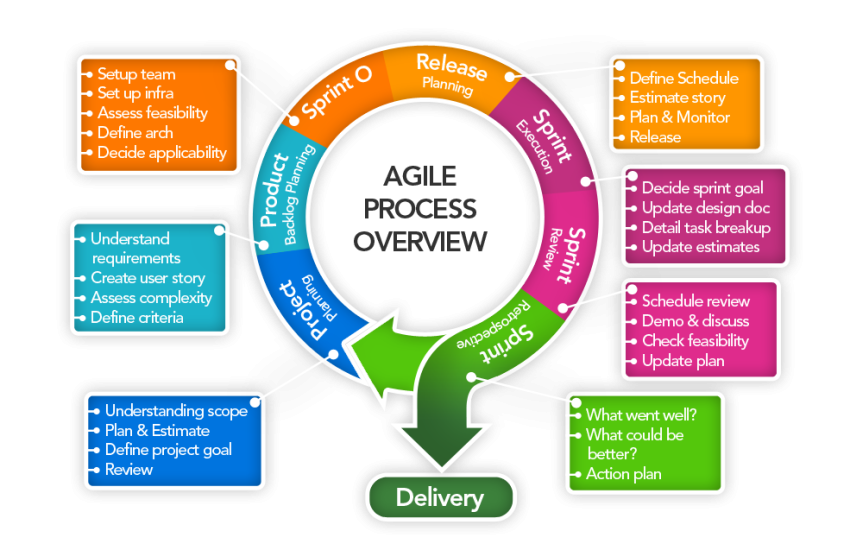Web Development for SEO: Best Practices
When it comes to creating a successful website, one of the most crucial aspects to consider is search engine optimization (SEO). Web development plays a significant role in ensuring that your website ranks high in search engine results pages (SERPs) and drives organic traffic to your site. In this article, we will discuss some of the best practices in web development for SEO.
Optimize Site Speed
Site speed is a critical factor in SEO and user experience. A slow-loading website can negatively impact your search engine rankings and lead to higher bounce rates. To improve site speed, you can optimize images, minify CSS and JavaScript files, use a content delivery network (CDN), and enable browser caching.
Mobile-Friendly Design
With the increasing use of mobile devices, having a mobile-friendly website is essential for SEO. Google prioritizes mobile-friendly websites in its search rankings, so make sure your website is responsive and optimized for all devices.
Implement Proper URL Structure
A clean and organized URL structure is important for both users and search engines. Use descriptive URLs that include relevant keywords and make sure to avoid unnecessary parameters or symbols. A well-structured URL can help search engines understand the content of your pages and improve your site’s SEO performance.
Optimize Meta Tags
Meta tags, including title tags and meta descriptions, are crucial for SEO. Include relevant keywords in your meta tags to improve your website’s visibility in search results. Make sure your meta tags accurately describe the content of each page and entice users to click on your website.
Create High-Quality Content
Quality content is key to a successful SEO strategy. Create unique and valuable content that is relevant to your target audience. By regularly publishing high-quality content, you can attract more organic traffic to your website and improve your search engine rankings.
Optimize Images
Images play a significant role in enhancing the user experience of your website. Optimize images by reducing file sizes, adding alt text, and using descriptive file names. By optimizing images, you can improve your website’s load time and make it more accessible to search engines.
Internal Linking
Internal linking is an essential SEO practice that helps search engines crawl and index your website. Link relevant pages within your website to improve the overall user experience and make it easier for search engines to discover and understand your content.
Monitor and Analyze Performance
Regularly monitor and analyze the performance of your website to ensure that your SEO efforts are paying off. Use tools like Google Analytics to track key metrics such as traffic, bounce rate, and conversion rate. By analyzing performance data, you can make informed decisions to improve your website’s SEO performance.
Conclusion
Effective web development is essential for SEO success. By following these best practices, you can create a website that is not only user-friendly but also optimized for search engines. Incorporate these practices into your web development strategy to improve your website’s SEO performance and drive organic traffic to your site.
Remember, SEO is an ongoing process, so continue to optimize your website and stay updated on the latest trends and guidelines to ensure your website’s success in search engine rankings.


